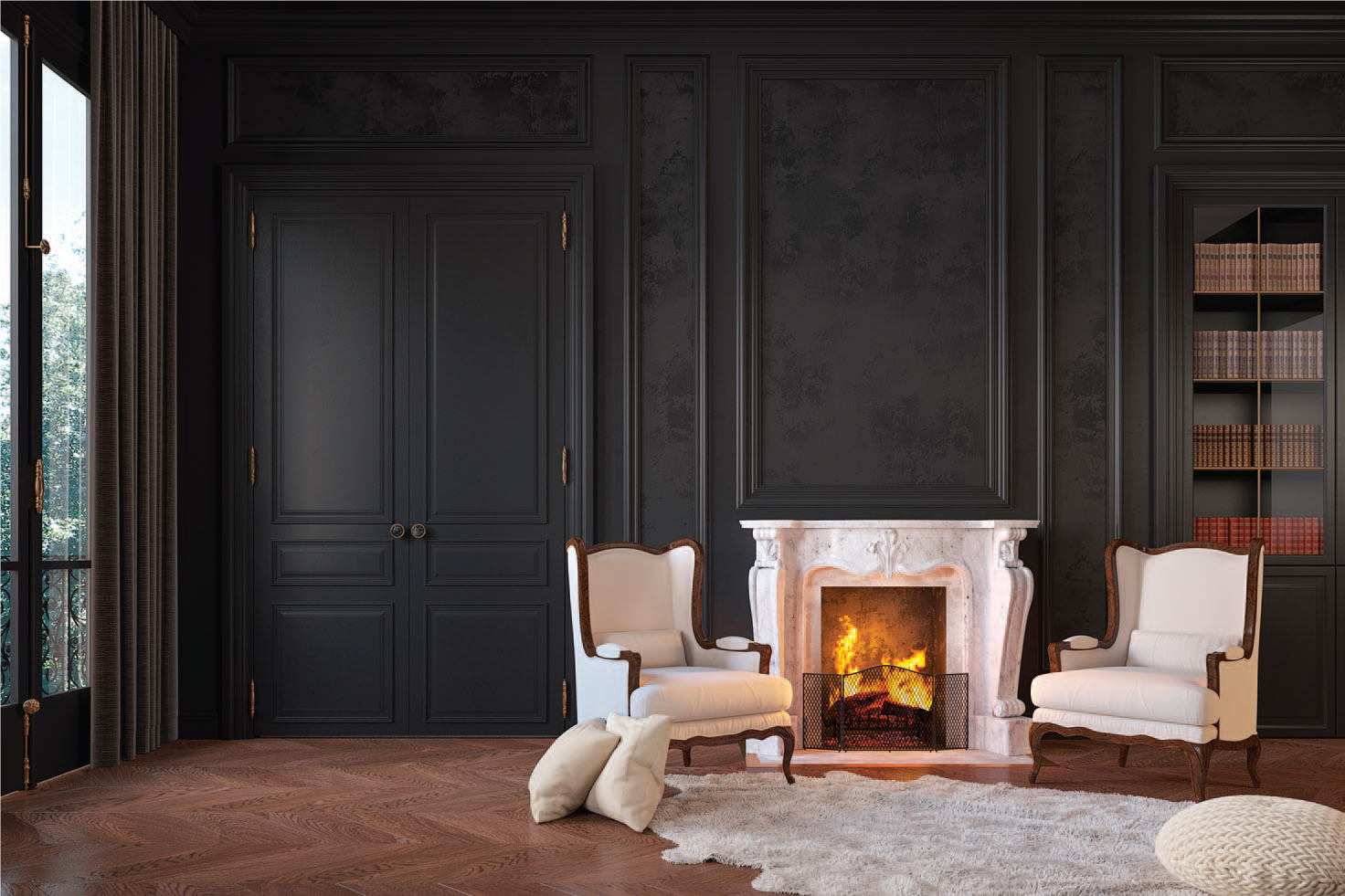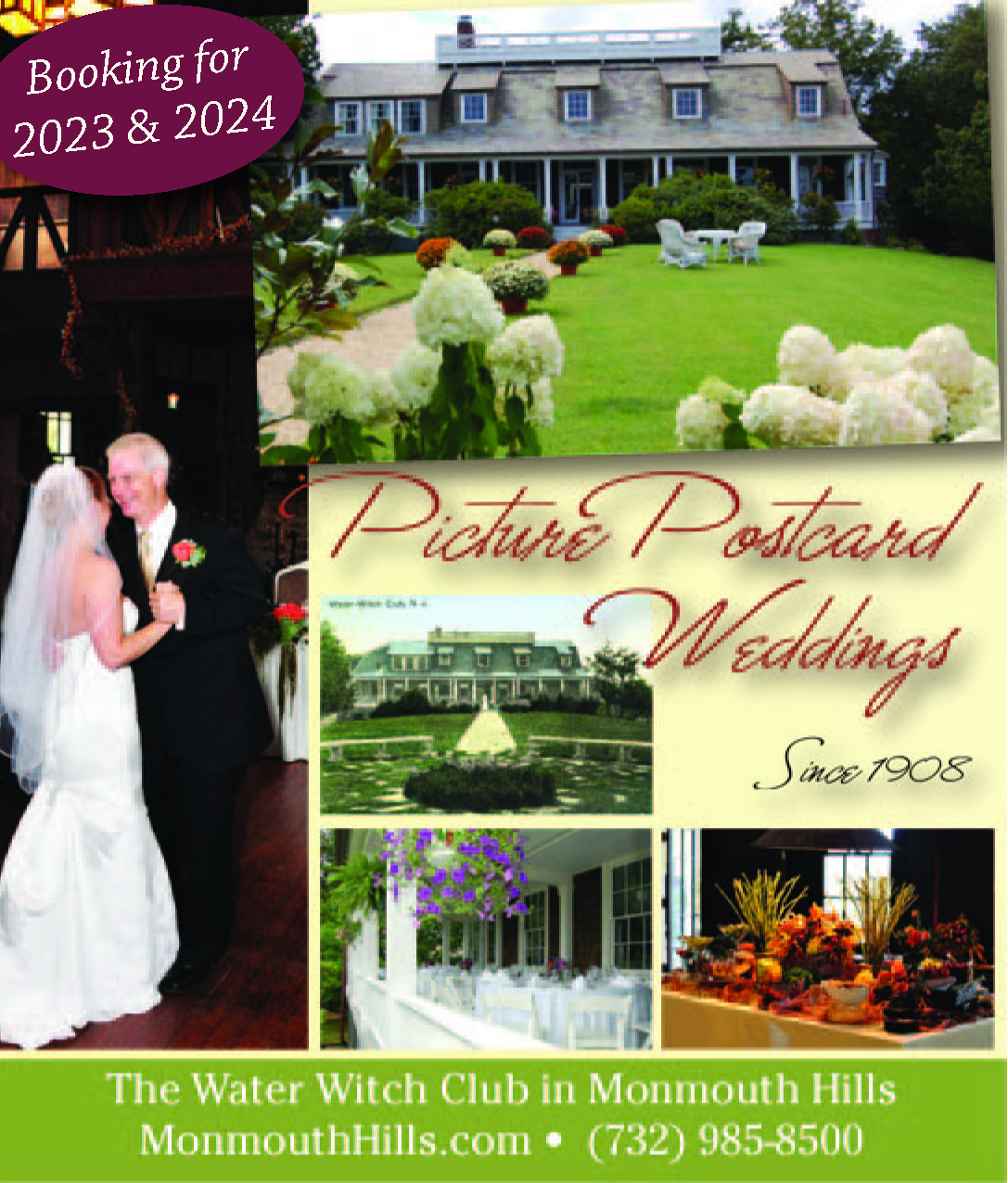New owners of old homes are learning important lessons about fire prevention.
High demand. Low inventory. Over-ask bidding wars. Soaring prices. Roller-coaster interest rates. Whether you’ve participated in the New Jersey real estate market during the 2020s or just watched from afar, it has been something to see. The traditional home-buying process gave way to an out-and-out frenzy, with many purchasers ending up owning properties they hadn’t remotely considered when they first started out. In many cases, New Jerseyans found themselves moving into century-old (or older) homes without a full understanding of what they were getting into. In some cases, they were attracted by the charm and detail of historic structures. In other cases, newer (or fully updated) construction was financially out of reach. Sometimes, it was all that was available in their target area and in their price range.
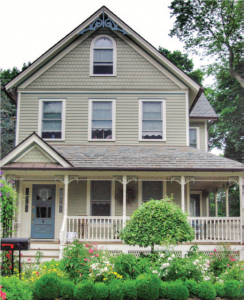
www.istockphoto.com
Now they are coming to grips with the unique responsibilities involved in owning a vintage home, such as repairs, upgrades and general upkeep. Under-standing the fire-safety picture is one of the most important ones and, distressingly, also one of the most overlooked.
Historic properties are full of surprises, mostly pleasant ones. Among the most significant ones is that, if fire should break out, they actually tend to give occupants much more time to exit safely than newer construction. This may seem counterintuitive at first, but think about it: Their thick plaster walls and (typically) higher-quality materials and construction, can slow the spread of a blaze—or at least take longer to burn. Many newer homes have “safety times” of five minutes or less (sometimes as little as two minutes), which means that is how long you have to safely exit in a fire before your odds of survival begin to plummet. Older homes have safety times of 15 minutes of more, in many cases because they feature natural materials that burn relatively slowly and do not emit toxic fumes when ignited. Also, their ceilings tend to be higher.
“Higher ceilings can help in early smoke detector activation and notification to the resident to evacuate the home,” says Westfield Fire Chief Michael Duelks, CPM. “With higher ceilings it takes longer for smoke to bank down to standing height, which again helps the resident to evacuate early.”
A People Problem

www.istockphoto.com
What causes fires in historic homes? For the most part, the same thing that causes fires in brand-new homes: people. Roughly half of the 350,000 annual house fires in the United States have to do with cooking. They start in the kitchen or somewhere else where food is being prepared or served. The next culprit is heating equipment, most notably space heaters, at 13%. Smoking, which used to be a major cause of house fires, now only accounts for 5%—not because smokers have suddenly become more careful, but because there are far fewer of them. Indeed, more than 20% of home fire fatalities occur in blazes started by smoking materials.
Electrical fires make up almost 10% of household fires, and this is where owners of older homes need to be extra vigilant. It’s a catch-all category, of course, but it includes faulty and over-burdened wiring, which needs to be identified and addressed before you plug your entire entertainment system into a power strip—and then plug that power strip into a wall outlet.
An experienced house inspector is usually able to identify points of immediate concern. Some are obvious, like old-school knob and tube wiring (above right)—or another non-grounded system—which was fine for its time but not designed for today’s appliances. This is an item, by the way, that could cause your home insurance premiums to be much higher than expected because, when inadequate wiring is overloaded, it increases the chance that an arc fault will occur, which can create enough heat to start a fire inside a wall.
That charming 1920s bungalow only needed 30 or 40 amps worth of service when the first family moved in. You’ll probably use at least five times that amount. In all likelihood, previous owners upgraded the electrical capacity incrementally. That can be as much of a curse as a blessing. If some of that work was shoddy or is just wearing out, it can be really difficult to catch in an inspection. It becomes incumbent upon the new owner to be aware of some signs that this might be a problem—for instance, if the same circuit breaker keeps clicking off, or your lights are flickering. And, of course, if you detect a strange “burning” smell but can’t quite figure out where it’s coming from, that’s not good. One option for new owners of old homes is to have an electrician install circuit interrupters. Circuit interrupters detect an abnormality in how electricity is moving through your house and interrupt the circuit.
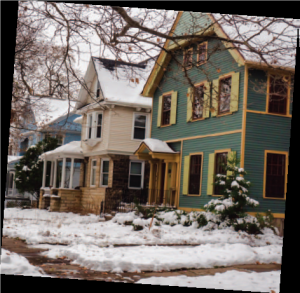
www.istockphoto.com
Gray Area
Part of the appeal of buying an old house is the realization that, in some ways, no one truly “owns” a historic structure. You’ll just be taking care of it for the next family who will make memories there. Okay, but what if those sweet old grandparents who handed you the keys at closing haven’t taken care of their home? This is no joke—the National Fire Protection Association actually lists Demographics as one of the Top 5 causes of house fires.
If that sounds like a loaded term, well, it is. A Victorian home owned by a family struggling to make ends meet is far more likely to have deferred maintenance issues than an identical Victorian owned by a wealthy commuter. The same holds true for elderly homeowners, or people who have lived in the same home for more than a generation. They tend to put things off or become “nose-blind” to chronic problems that could have fire-safety implications. The NFPA isn’t judging—they’ve just picked a word and slapped it on a statistic.
What You Can’t See Can Hurt You

www.istockphoto.com
Something else you might ask the seller of an older home is whether it was built with balloon framing, which was a popular money-saving decision for builders from the 1860s to the 1930s. “Balloon frame construction is a wood framing method where exterior wall studs are continuous from the sill plate to the roof plate,” Chief Duelks explains. “Floors are attached to ribbon board, with no fire-stopping structure within the walls.”
Instead of sitting on heavy timbers and skillfully crafted connecting joints, floors basically sit on the walls; you’ve probably heard the term “load-bearing” and this is what it means. The outside walls are basically hollow and, in a fire, can act like chimneys, carrying a basement fire to the roof in a matter of minutes.
“Fires can be concealed and travel thru the void channels unnoticed in balloon frame construction,” Duelks adds. “When smoke is visible from the attic, a team should be sent to ensure there is not an active fire in the basement. A fire in the basement can travel all the way to the attic unnoticed thru the void channels.”
Since the 1930s, platform framing has addressed this issue. If you are planning to make an offer on a home with balloon framing, make sure to figure in the cost of blowing foam insulation into the exterior walls, which has the added advantage of preventing the “chimney effect.”
Speaking of chimneys, in older homes a regularly used fireplace can create potentially combustible creosote deposits over time. When they ignite, the resulting chimney fire can be extremely destructive. Also, older flue linings can crack, which can increase the possibility of a fire. A pre-sale chimney inspection has become a common ask from buyers. If you didn’t get one, get one.
In Westfield, where many structures date back to the mid-1800s, Chief Duelks says that it is not unheard of for homes to have secret rooms, tunnels, and passageways that lead to other buildings—adding to the many challenges firefighters encounter when responding to calls at what he terms “historical-built” houses.
Un-Handy Men
An overlooked fire issue in older homes is the renovation work that is sometimes undertaken in the months after purchase. Often, buyers will want to address deferred maintenance or make upgrades before they move in. Historic homes and open flames are not a good combination, which means you’ll want plumbers, roofers and other contractors working with heating elements to have experience in old houses. For example, some roof repairs (flashing for instance) may involve a torch. Is there a layer of tar paper hiding beneath? Torch-down roofing on a flat roof section? It is as dangerous as it sounds in inexperienced hands. What about the plumber who sweats a joint and then packs up for the day? During cold-weather renovations, workers often bring powerful space heaters into old homes. Do they know whether your electrical system can handle those heaters?
If a big renovation is in your plan, in addition to picking a contractor with a track record in similar homes, make sure that the materials the contractor plans to use are the same quality as the rest of the house. “Modern” isn’t always better, even if it saves you a couple of bucks. A wood floor may cost more than vinyl flooring but, in a house fire, a wood floor may give you the few extra minutes that save your family’s life.
Chief Duelks points out that the same fire-safety rules that apply to new owners of historic homes apply to owner of all homes (and vice versa).
“All homes, regardless of the age, should have smoke and carbon monoxide detectors,” he says. “A fire extinguisher should also be within visual site of the kitchen in the event of a kitchen fire. Hire a reputable company to perform a home inspection as well as licensed contractors. Operating smoke and carbon monoxide detectors are extremely important, they save lives. Never hesitate to call the fire department if the alarms activate or if you may have concerns. Finally, have a plan to get out fast, designate a meeting place outside your home for all your family members and practice your safety plan at least once every six months.”
As mentioned earlier, buying a wonderful old home does not increase your chances of experiencing a catastrophic fire. What it does is up the ante on following basic fire-safety and fire-prevention rules everyone should be following anyway.
More from the NFPA
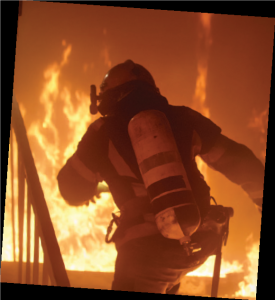
www.istockphoto.com
A recent report by the National Fire Protection Agency looked at a period (2015 to 2019) prior to the pandemic and came up with the following numbers:
- 26% of all reported fires in the US were home structure fires
- US fire departments responded to an average of 346,800 home structure fires a year
- 69% of home structure fires occurred in one- or two-family homes, but accounted for 85% of fire deaths
- The number of home fires and home fire deaths is half what it was in 1980; most of that reduction came between 1980 and 2000
Editor’s Note: Mark Stewart has owned two homes built in the early 1900s, another in the mid-1800s, and recently purchased a property built in 1795. So far, no fires. Special thanks to the Westfield Fire Department and Elizabeth Fire Department for their help with this feature.

